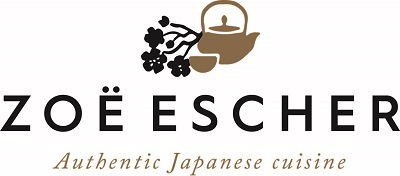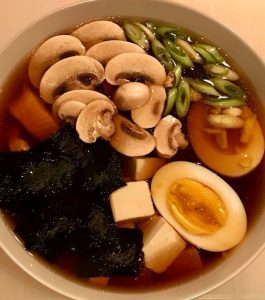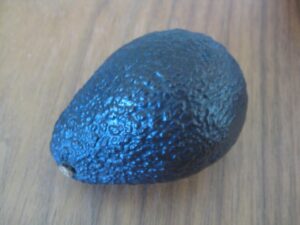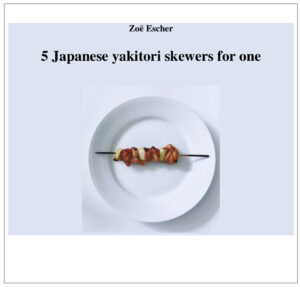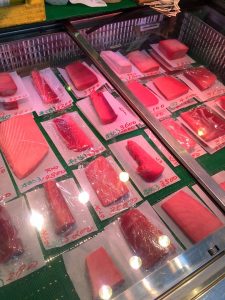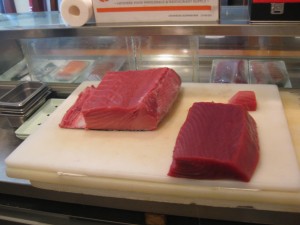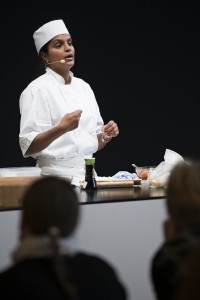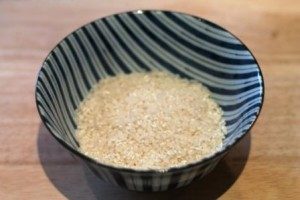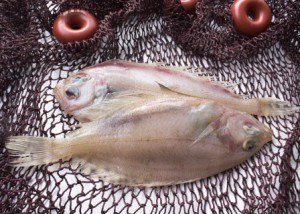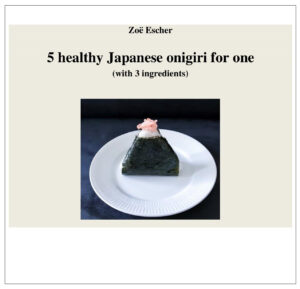
In Japan, onigiri is a regular part of Japanese cuisine.
It is a rice bun with filling and it is related to sushi. Onigiri consists of rice, seaweed and tasty filling. If you look at classic sushi, it also consists of rice, seaweed and tasty fillings.
Onigiri are very popular in Japan. It is a cold dish that keeps well too, even if they are not stored in a refrigerator.
Onigiri is a dish that is eaten all year round and at all hours of the day. They are readily available throughout Japan.
You can buy it from small shops with refrigerated counters to restaurants that specialize in making onigiri with delicate fillings.
In Japan, onigiri is most often made with fish, seafood and local ingredients prepared in different ways. It is an easy and quick way to get a delicious meal that contains all the vitamins, minerals and proteins the body needs.
Read more about Mini ebook: 5 Healthy Japanese Onigiri for One
_
Zoë has lectured and held sushi courses for A. P. Moller – Maersk, Hugo Boss Nordic, Novo Nordisk, Novartis, Velux, Gorrissen Federspiel, Beierholm revision, Elbek & Vejrup and many more.
